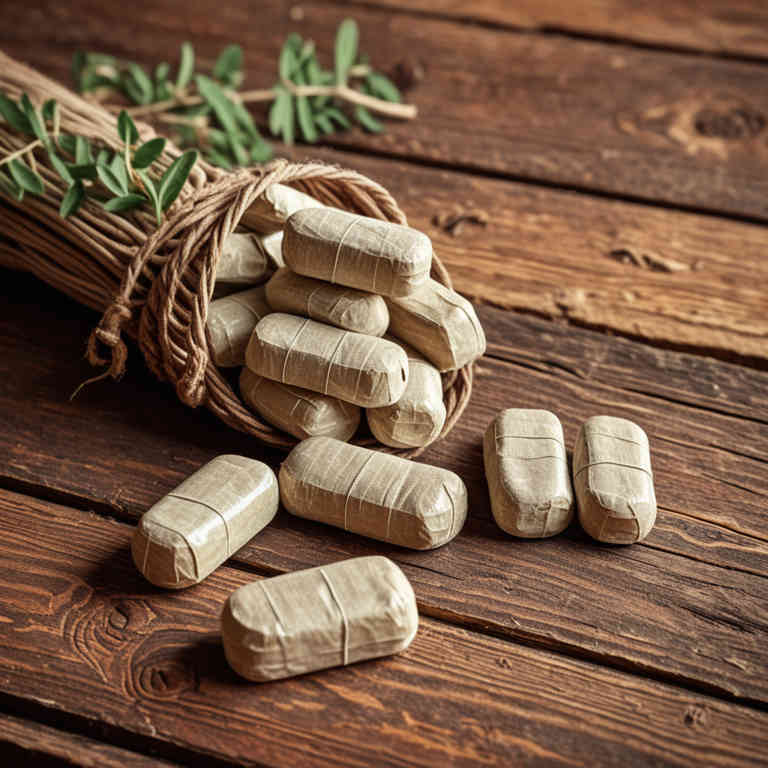Glycyrrhiza glabra lozenge for medicinal use

Glycyrrhiza glabra lozenge is a herbal preparation made from the dried root of the licorice plant, known for its soothing and expectorant properties.
It is commonly used in herbalism to relieve symptoms of sore throat, cough, and respiratory irritation due to its anti-inflammatory and demulcent effects. The lozenges help to coat and protect the mucous membranes of the throat, reducing discomfort and promoting healing. It is often recommended for individuals suffering from colds, bronchitis, or other respiratory conditions.
However, long-term use should be cautious due to potential side effects related to cortisol-like effects in the body.
Uses
Glycyrrhiza glabra lozenge has been used to treat respiratory and digestive ailments for centuries.
Historically, it was valued in traditional Chinese and Ayurvedic medicine for its soothing properties and ability to alleviate coughs and sore throats. In modern times, it is commonly used as a natural remedy for sore throat, inflammation, and as a flavoring agent in pharmaceuticals. The active compound, glycyrrhizin, is believed to have anti-inflammatory and antiviral effects.
Today, it is also incorporated into oral care products and herbal supplements for its potential health benefits.
Benefits
Glycyrrhiza glabra lozenge has health benefits such as soothing sore throats, reducing inflammation, and supporting respiratory health.
It contains glycyrrhizin, which has antiviral and anti-inflammatory properties. These lozenges may also help alleviate symptoms of colds and coughs by easing irritation in the throat. Additionally, they can promote better digestion and reduce stress-related symptoms due to their adaptogenic qualities.
Glycyrrhiza glabra lozenge is often used in traditional medicine for its calming and healing effects on the mucous membranes.
Constituents
Glycyrrhiza glabra lozenge active constituents include glycyrrhizin, flavonoids, saponins, and various phytoestrogens.
Glycyrrhizin is the primary compound responsible for the herb's anti-inflammatory and antiviral properties. Flavonoids contribute to its antioxidant effects, while saponins support immune function. These constituents work together to soothe sore throats and reduce inflammation in the respiratory tract.
The lozenge is often used for its calming and protective effects on the mucous membranes.
Preparation
To make Glycyrrhiza glabra lozenge, first gather 100 grams of dried licorice root, which is the primary ingredient.
Next, grind the licorice root into a fine powder using a mortar and pestle or a food processor. Then, mix the powdered licorice with a small amount of honey or glycerin to create a sticky mass, which will help bind the ingredients. Shape the mixture into small lozenges using a mold or by hand.
Finally, allow the lozenges to dry in a cool, dark place for several days until they harden.
Side Effects
Glycyrrhiza glabra lozenge may lead to increased blood pressure, electrolyte imbalance, and adrenal gland suppression due to its active compound, glycyrrhizin.
Prolonged use can cause potassium loss, leading to muscle weakness and cardiac arrhythmias. It may also cause pseudoaldosteronism, which results in fluid retention and hypertension. Individuals with hypertension, heart disease, or kidney problems should use this preparation with caution.
Side effects can be minimized by following recommended dosages and consulting a healthcare professional.